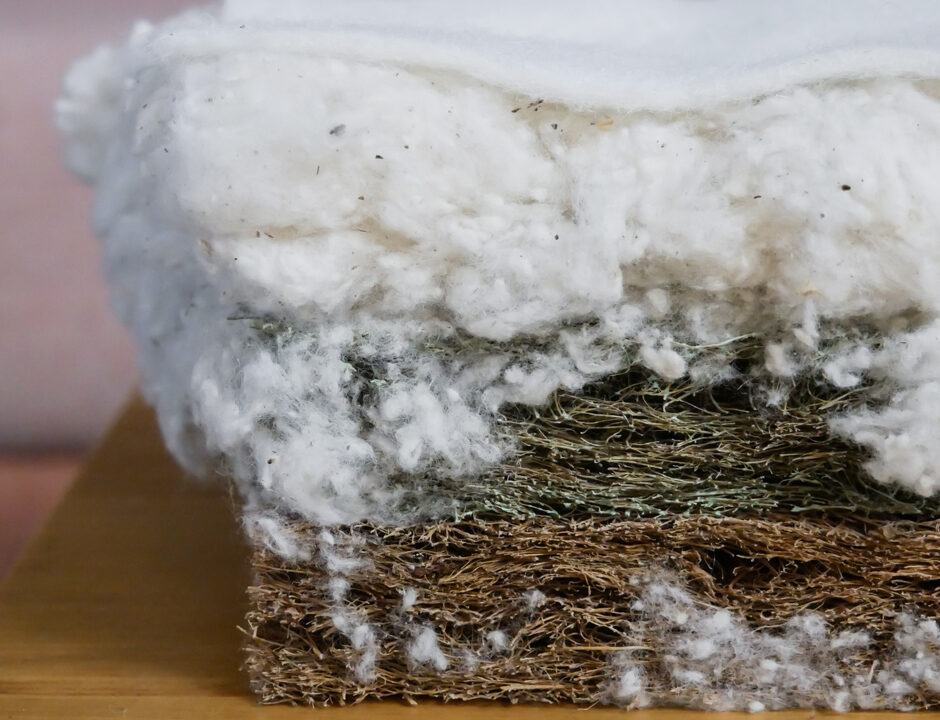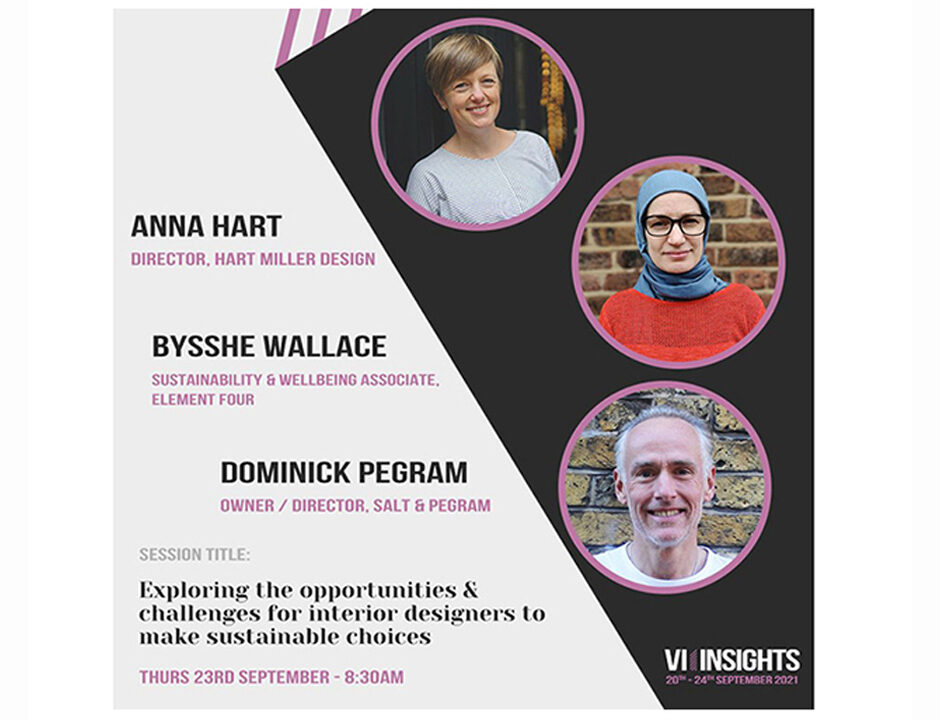
It’s essential to understand the way we talk about materials and how we engage with them. Why? Because you should know what happens to them at the end of their lifespan.
A common question we get asked is: what is the most sustainable material?
Materials need to be separated into raw source materials at the end of life. So to begin with, we need to look at materials according to how easy they are to take apart. Circularity I hear you say?
Furniture is a really good candidate for circularity and it is our manufacturing model. If a product is just made of just one material, that’s a good start. Compared to more complex products like a car, mobile phones or a building, furniture has a high material content and a small number of different materials. It lasts a long time and is portable to take to a specialist facility. The materials in furniture should be stored or sequestered for their next life.
If a product contains more than one material, then they need to be easily separated. Maybe by a machine or by a simple process like a few screws. When the material itself is made up of more than one material with adhesives and irreversible mechanical fixings like rivets, this is not good for separation for circularity.
Composite materials are when the material itself is made up of more than one material in such a way that it can never be taken apart. Some materials have such a low value that it’s not worth spending any time or money separating them.
Wood along with other naturally derived fibres is carbon negative over its lifetime. Wood is not circular in a recycling sense, but unlike the other materials, it is regenerative.
So is wood the best sustainable material? The short answer is, in carbon footprint terms yes. Then why don’t we just make all our products out of wood? Well, is it combined with other materials? What about its performance and strength? Or fire, costs, labour, certification; a variety of elements need to be taken into account. Where has it come from? Wood is in demand and we need to avoid deforestation.
So the answer is, there is not just one best sustainable material. The most sustainable material may be different in every context. But the most important thing is that the source of the materials is viably sustainable – the lifecycle is considered and the choice of material is correct for the context of use.



